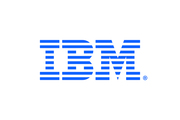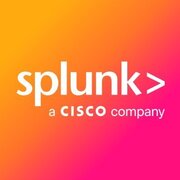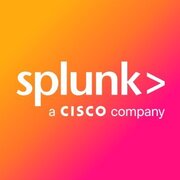
Best Security Analytics Software 2025
What are Security Analytics Platforms?Security analytics platforms are tools which provide proactive or exploratory network security via behavioral machine learning or analytics techniques. Alternately described as SA Tools or network traffic analytics software, these products collect, normalize, and analyze network traffic for threat behavior. Vendors specializing specifically in SA offer machine learning tools for applying security models to traffic across enterprise assets. While highly ...
We’ve collected videos, features, and capabilities below. Take me there.
All Products
Learn More about Security Analytics Software
What are Security Analytics Platforms?
Security analytics platforms are tools which provide proactive or exploratory network security via behavioral machine learning or analytics techniques. Alternately described as SA Tools or network traffic analytics software, these products collect, normalize, and analyze network traffic for threat behavior. Vendors specializing specifically in SA offer machine learning tools for applying security models to traffic across enterprise assets. While highly related to SIEM, security analytics software may provide more advanced tools for data mining or freeform analytics.
Security analytics software provides several benefits to organizations. Overall, it enhances the actionability of security data, especially at the enterprise level. These tools reduce the manual load associated with performing security analytics. They also prevent analyses graphically for less specialized users to make decisions based on the results. This improved accessibility and data centralization can improve event response times, threat visibility, and insider threat awareness. They can also provide proof of compliance in the event of an audit.
Security analytics platforms primarily consist of data ingestion pipelines, an analytics engine, and accessible next-step functions like data visualizations, alerts, or automated workflow triggers for threat remediation. The data pipelines are designed to intake data from a wide number of sources, including non-IT contextual data like HR or finance information. Security analytics software can then perform a range of analysis methods depending on the data being analyzed, such as behavior or traffic analysis. The AI foundations of many security analytics tools makes this process less manual than it would otherwise need to be, especially when coupled with updated 3rd-party threat intelligence resources.
Security analytics are sometimes found in other security data collection tools. SIEMs and IT Infrastructure Monitoring tools are common sources of security analytics capabilities. Since the tools collect the data directly, they can be better suited to handling certain kinds of data. Standalone security analytics platforms are likely to have more robust security analytics engines. They focus on advanced AI-driven analytics and rely on other security systems to collect the security data itself. This arrangement may be ideal for businesses that are adding a security analytics tool on top of preexisting security systems.
Features of Security Analytics Platforms
Security analytics software provide the following features or targets for analysis:
Ingested data from SIEM or other sources
User and entity behavior analytics (UEBA)
Automated or on-demand network traffic analysis
Model observed behavior against threat intelligence
Configure analytics to observe behavior against policy
Application access and analytics
DNS analysis tool
Email activity
Network packets
Identity and social persona
File access
Geolocation, IP context
Security Analytics Software Comparison
When comparing different security analytics platforms, consider these factors:
Data Source Integration: Does the tool have prebuilt ingestion pipelines for specific types of security data collectors, or even specific products? These factors will heavily impact the timeline and ease of implementation and long-term management as security tools are added or replaced over time.
Scalability: How easily will the software handle analytics at volume? Consider aspects like analytics automation and the AI capabilities available. Also consider how scalable the next-steps from analytics results are, be they alert management, integrations with security controls for automated workflows, and other processes.
Usability: Much of the value of security analytics engines are the ease of use and improved accessibility of results for non-specialists. Consider how usable and actionable each product is for less-specialized users.
Start a security analytics comparison here
Pricing Information
Security analytics pricing varies depending on whether it’s a standalone platform, SIEM, or log analytics/management tools. Costs will also depend on the range of features offered and the length of time that data is retained. Pricing within tiers is often scaled by the amount of data stored, analyzed, or managed on the platform.
























